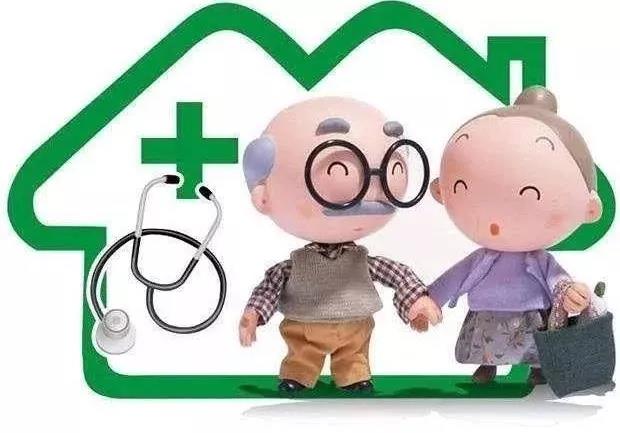Recently, the National Health and Health Commission, the National Development and Reform Commission and other eight departments issued the "Guiding Opinions on Establishing and Improving the Elderly Health Service System." The opinion pointed out that the scale of the elderly population in China continues to expand, and the demand for health services is becoming more and more urgent. In order to solve the problem that the elderly health service system is not perfect, the effective supply is insufficient, and the development imbalance is insufficient, the old-age health service system in line with China's national conditions is established. To meet the growing health service needs of the elderly. According to reports, this is China's first guiding document on the elderly health service system.

The relevant person in charge of the National Health and Health Commission said that China is in the stage of rapid population aging. By the end of 2018, the number of elderly people aged 60 and over reached 250 million. In 2018, China's life expectancy per capita was 77.0 years. Health is the foundation for ensuring the independence and participation of the elderly, and promoting healthy aging is a long-term solution to actively respond to the aging of the population.
The opinions are clear. By 2022, the old-age health related systems, standards and norms have been basically established, the number of elderly health service institutions has increased significantly, the service content has become more abundant, the service quality has improved significantly, the service team has grown stronger, and the service resource allocation has become more rational and comprehensive. The elderly health service system covering urban and rural areas is basically established, and the health service needs of the elderly are basically satisfied.
In addition, the opinions put forward three specific quantitative work indicators: First, by 2022, the proportion of the establishment of geriatrics in general hospitals of Grade II and above will reach more than 50%; secondly, by 2022, more than 80% of general hospitals and rehabilitation Hospitals, nursing homes and primary health care institutions have become elderly friendly health care institutions; third, the proportion of nursing beds in primary health care institutions has reached 30%.
相关推荐
- Shaanxi holds the second quarter government bank enterprise docking meeting for the elderly care industry 2025-06-28
- Announcement of Volunteer Recruitment for the "Silver Age Action" in the New Era of Xi'an City 2025-06-04
- Xi'an, Shaanxi: Welfare policies for the elderly are all here 2025-05-22
- Notice from the Civil Affairs Bureau and Finance Bureau of Xi'an City on Promoting the Promotion and Application of Smart Health Elderly Care Products 2025-04-11

